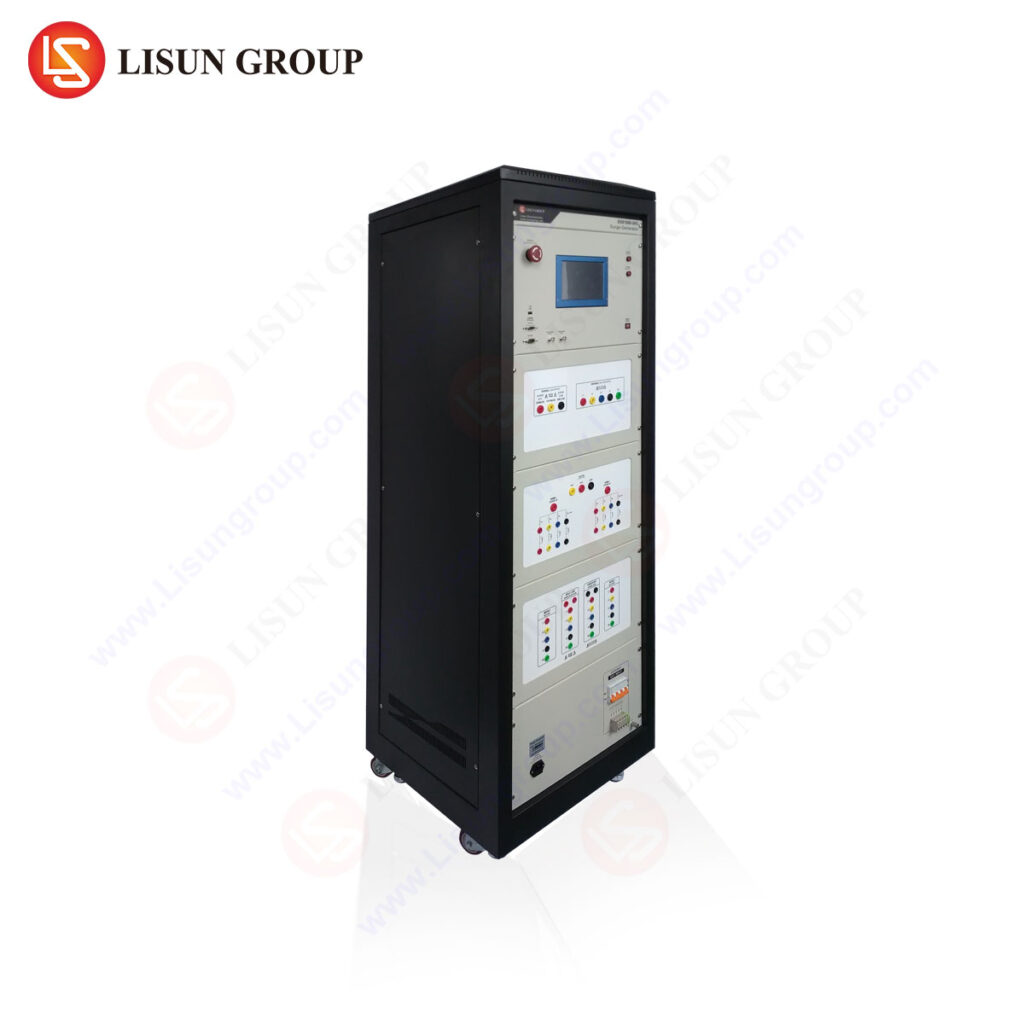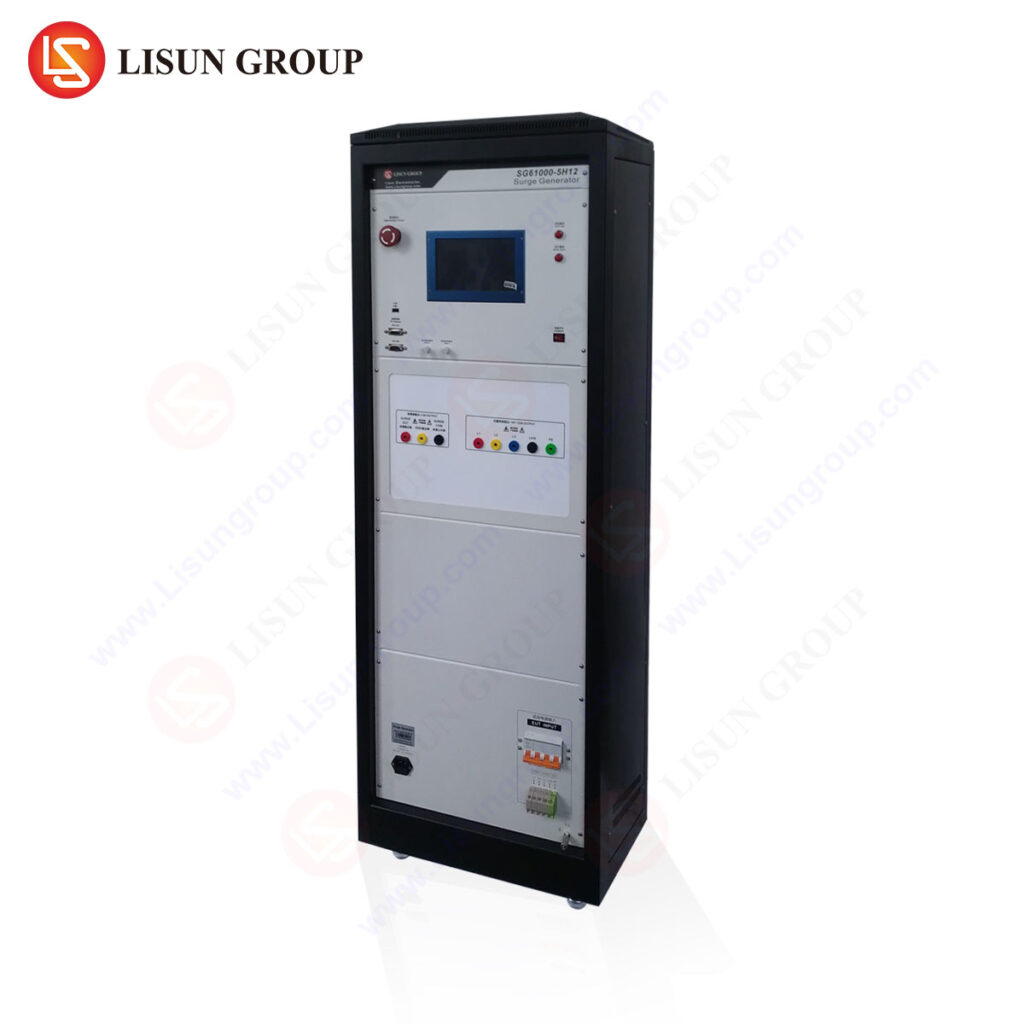Introduction
LEDs are becoming increasingly popular in the lighting industry due to their energy efficiency and long life. However, LEDs are also susceptible to power surges, which can cause them to fail prematurely. To ensure that LEDs are able to withstand power surges, manufacturers must test their LED drivers and surge protection devices (SPDs) to ensure that they are able to protect the LEDs from power surges. This article will discuss the importance of testing LED drivers and SPDs for surge immunity performance, as well as the methods used to test them.
Testing LED Drivers and SPDs for surge immunity Performance
Testing LED drivers and SPDs for surge immunity performance is essential to ensure that they are able to protect LEDs from power surges. The most common method of testing is to use a Surge generator to simulate a power surge. The surge generator is connected to the LED driver or SPD, and the surge generator is then used to generate a surge of a certain magnitude. The LED driver or SPD is then monitored to see if it is able to protect the LEDs from the surge.
The surge generator is typically set to generate a surge of a certain magnitude, such as 1,000 volts. The surge generator is then used to generate a surge of this magnitude, and the LED driver or SPD is monitored to see if it is able to protect the LEDs from the surge. If the LED driver or SPD is able to protect the LEDs from the surge, then it is considered to have passed the surge immunity test.
Advantages of Testing LED Drivers and SPDs for Surge Immunity Performance
Testing LED drivers and SPDs for surge immunity performance has several advantages. First, it ensures that the LED drivers and SPDs are able to protect the LEDs from power surges. This is important because power surges can cause LEDs to fail prematurely, which can lead to costly repairs or replacements.
Second, testing LED drivers and SPDs for surge immunity performance can help to identify any potential weaknesses in the design of the LED drivers or SPDs. This can help manufacturers to improve the design of their LED drivers and SPDs, which can lead to improved performance and reliability.
Finally, testing LED drivers and SPDs for surge immunity performance can help to ensure that the LED drivers and SPDs are able to meet the requirements of safety standards. This is important because safety standards are in place to ensure that LED drivers and SPDs are able to protect people and property from power surges.
Conclusion
Testing LED drivers and SPDs for surge immunity performance is essential to ensure that they are able to protect LEDs from power surges. Testing LED drivers and SPDs for surge immunity performance has several advantages, including ensuring that the LED drivers and SPDs are able to protect the LEDs from power surges, identifying any potential weaknesses in the design of the LED drivers or SPDs, and ensuring that the LED drivers and SPDs are able to meet the requirements of safety standards.
FAQs
Q: What is surge immunity testing?
A: surge immunity testing is the process of testing LED drivers and SPDs for their ability to protect LEDs from power surges. This is typically done by using a surge generator to generate a surge of a certain magnitude, and then monitoring the LED driver or SPD to see if it is able to protect the LEDs from the surge.
Q: What are the advantages of testing LED drivers and SPDs for surge immunity performance?
A: The advantages of testing LED drivers and SPDs for surge immunity performance include ensuring that the LED drivers and SPDs are able to protect the LEDs from power surges, identifying any potential weaknesses in the design of the LED drivers or SPDs, and ensuring that the LED drivers and SPDs are able to meet the requirements of safety standards.




